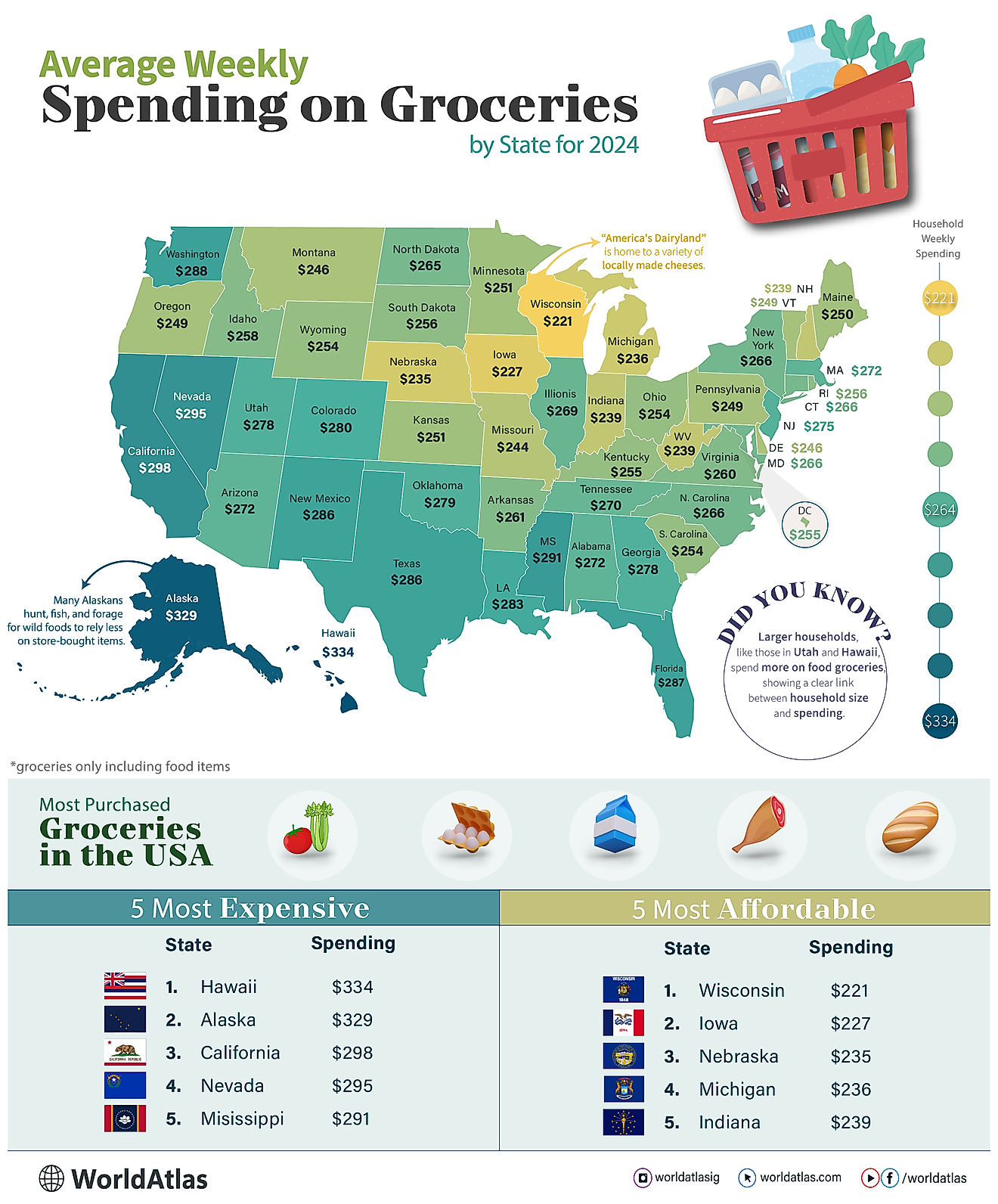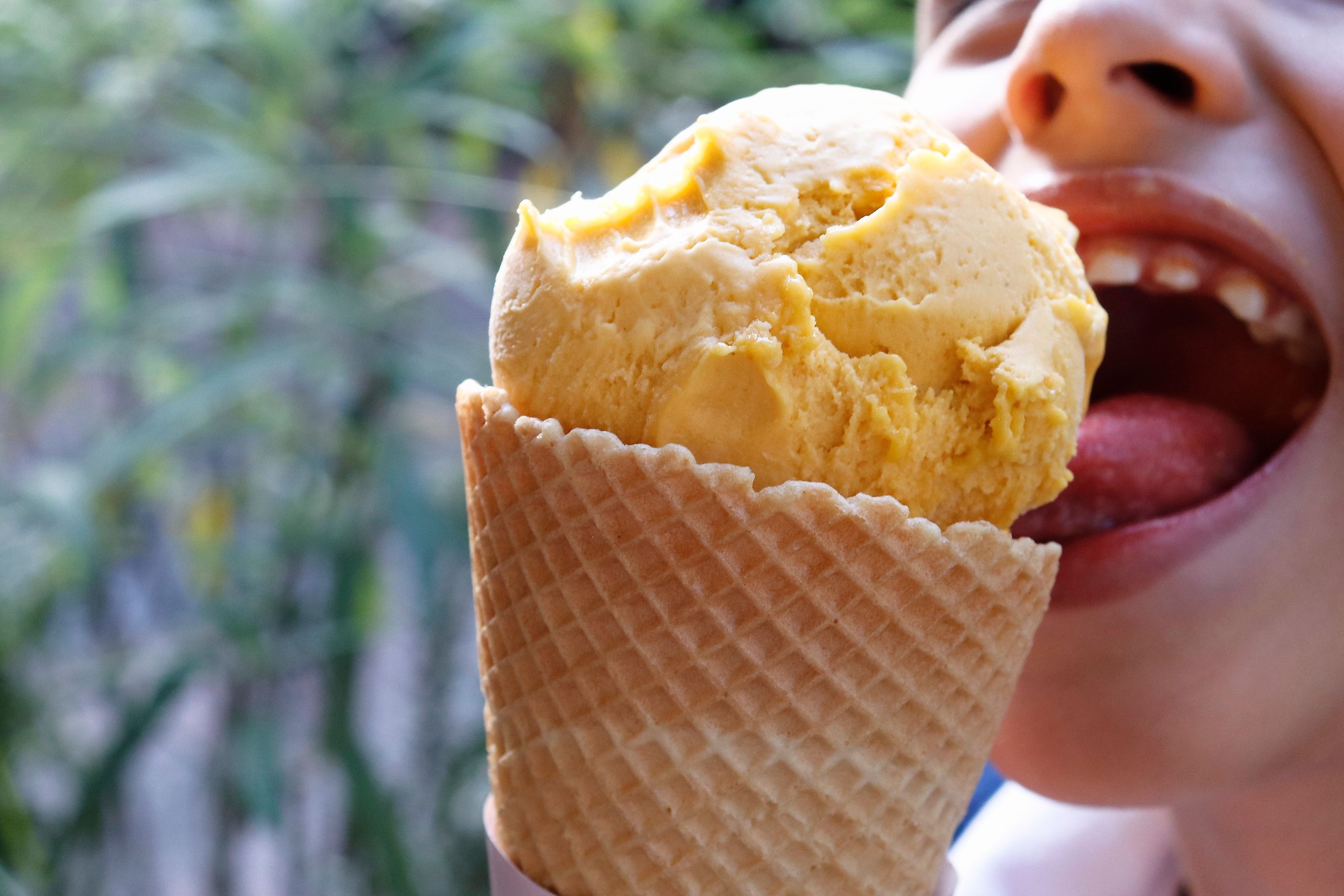
Which Country Eats the Most Ice Cream?
Although the exact origins of ice cream are a mystery, it has quickly grown into one of the most popular desserts worldwide over the past century. In fact, humankind consumes an estimated 15.4 billion liters of ice cream annually. Of the entire world, New Zealand is currently the largest consumer of ice cream. Since it arrived in New Zealand in the late 19th century, it has grown into a thriving industry in the country, with each person consuming an average of over 28 liters of ice cream every year.
New Zealand’s Ice Cream Consumption
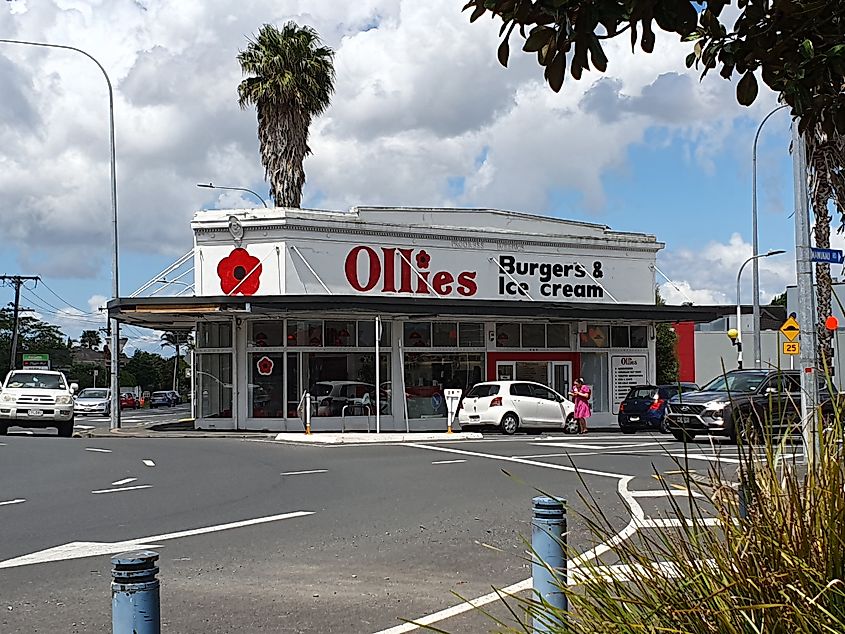
New Zealand consumes more ice cream than any other country on Earth, eating 28.4 liters, or 60 pints per person annually. According to a Canstar Blue Report, nearly a third of Kiwis eat ice cream several times a week, while about half eat it multiple times during the month. A reason for such high ice cream consumption could be nostalgia: 43% of respondents in the report stated that ice cream brings back memories, with the majority saying memories of summer.
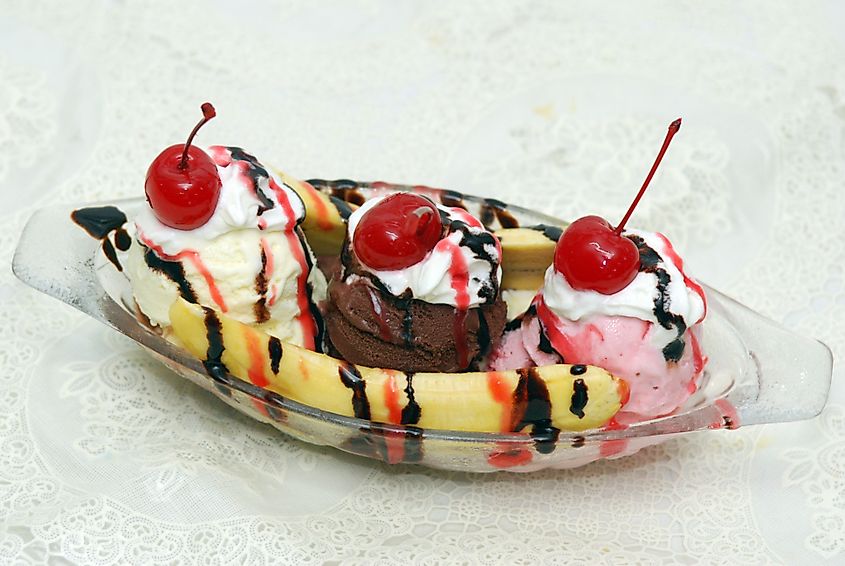
Berry, chocolate, and vanilla were the top three most preferred flavors, followed by Hokey Pokey, a flavor unique to New Zealand that consists of vanilla ice cream with bits of honeycomb toffee inside. Chocolate trumpets, Choco Bars, and Boysenberry Trumpets are among the most commonly consumed popsicles in the country. Regarding sales, Fonterra Brands is one of the largest contributors to the ice cream market, representing 53% of retail value sales in the ice cream and frozen desserts industry.
History of Ice Cream in New Zealand
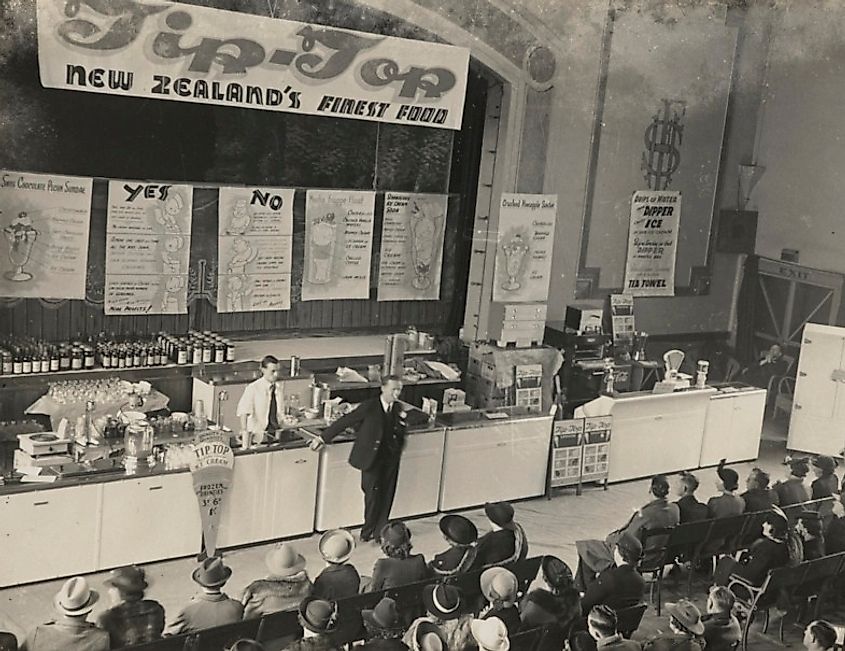
James Osgood, owner of the Wellington’s Empire Hotel, was the first documented individual to sell ice cream in New Zealand on January 27th, 1866. At that time, the ice cream was made with ice harvested and imported from a frozen lake in New England. In the 1870s, an Australian inventor, James Harrison, created the mechanical refrigeration process that allowed ice to be made on a larger scale. Smaller vendors sold ice cream on a local scale in the following decades. At the beginning of the 20th century, however, larger-scale commercial ice cream factories came into existence, creating a more developed steam and electric churning process.
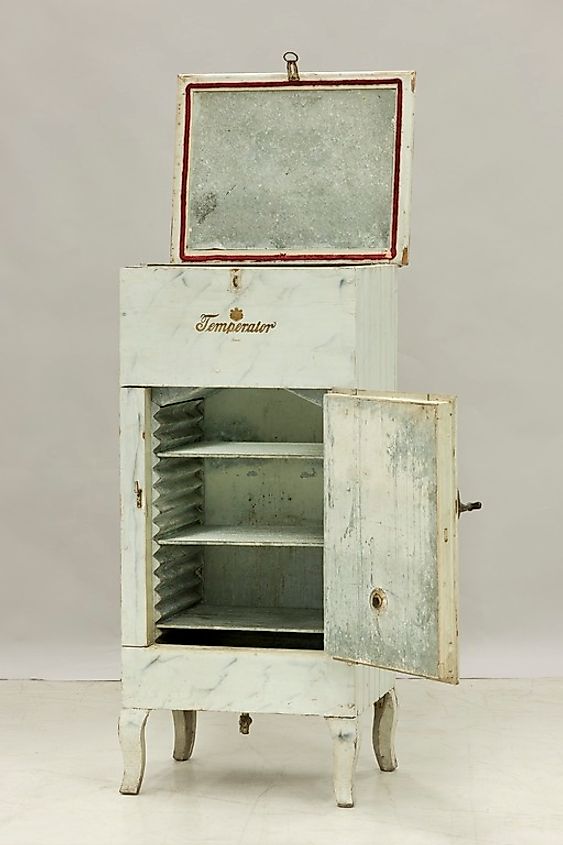
Improved refrigeration and churning technology in the 1920s led to the further development and expansion of ice cream companies. Ice cream became a social activity in the 1930s when the Wellington Milk Bar opened, serving only ice cream and milkshakes. When war broke out in the 1940s, the government initially rationed sugar. However, when American troops arrived in 1942, demand for ice cream exploded, causing authorities to loosen restrictions, serving as a morale booster as well.
Technology to produce and conserve ice cream continued to improve in the 1950s, and by the 1960s, novelty ice cream ideas, such as the Tip Top Trumpet Waffle Cone, had reinvigorated the market. In the remaining decades of the 20th century, the industry continued to grow, and ice cream brands continued to compete. Businessman Rael Polivnick opened the first natural ice cream franchise in 1990, known as NZ Natural. This brand would grow into one of New Zealand’s most successful ice cream companies, opening 700 outlets in 22 different countries.
In the 21st century, the ice cream market has continued to evolve, introducing gelato in the 2000s as well as other novelty ice creams such as the Tip Top Memphis Meltdown Rocky Road, ice cream wrapped in marshmallows on a stick.
Economics of Ice Cream In New Zealand
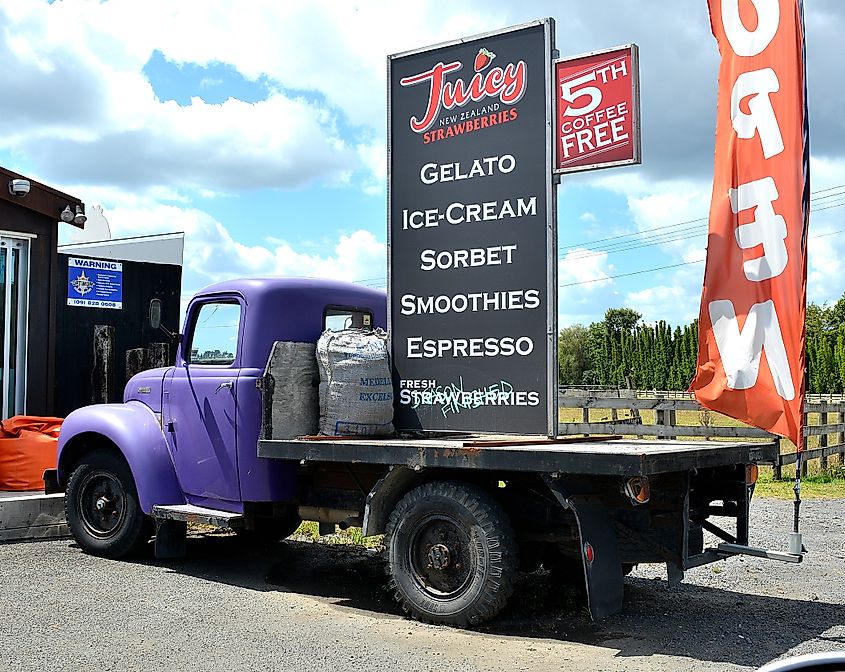
The thriving ice cream industry in New Zealand owes its success to various factors. Perhaps most importantly, dairy production is low-cost due to its pastoral agriculture system. Labor in New Zealand is also highly efficient, leading to increased production rates. Additionally, an innovation boom since the 1990s has sparked the creation of new ice cream products and companies. New Zealand ice cream firms also tend to stay closely aligned with consumer trends regarding preferred ingredients, flavors, and packaging, further resulting in the country’s successful industry.
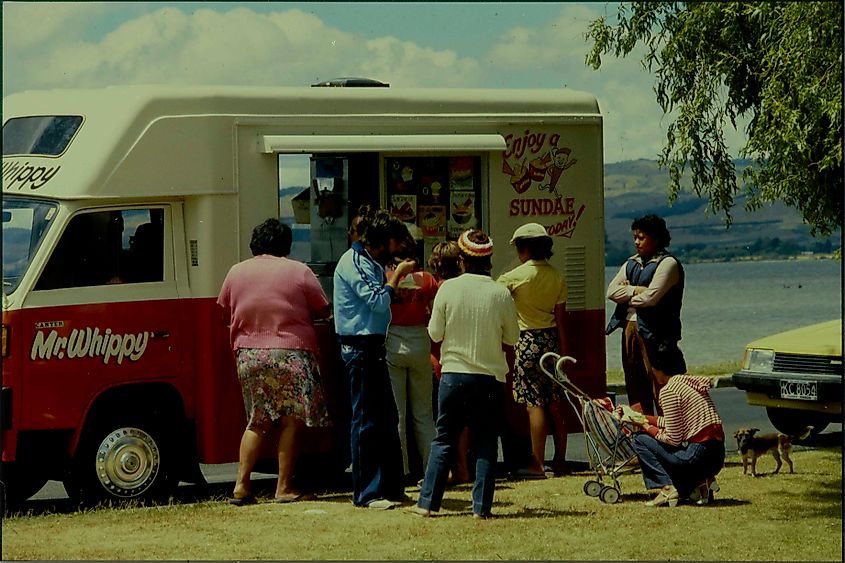
Generally speaking, there are four types of ice cream that New Zealand produces: Bulk packs, which feature ice cream ready to serve directly in a cone or cup; premium tubs with high quality, dairy-based ice cream; non-dairy tubs with premium dairy-free ice cream, and individually wrapped, novelty stick products (e.g., popsicles).
Because of its proximity to Asia, New Zealand has also become a large exporter of ice cream and frozen dessert products. In 2021, the country exported $57.9 million in ice cream, with over 70% going to Japan and China. Because of these exportation numbers and high domestic consumption rates, the ice cream industry is continually growing, with employment on the rise.
Other High Consumption Countries
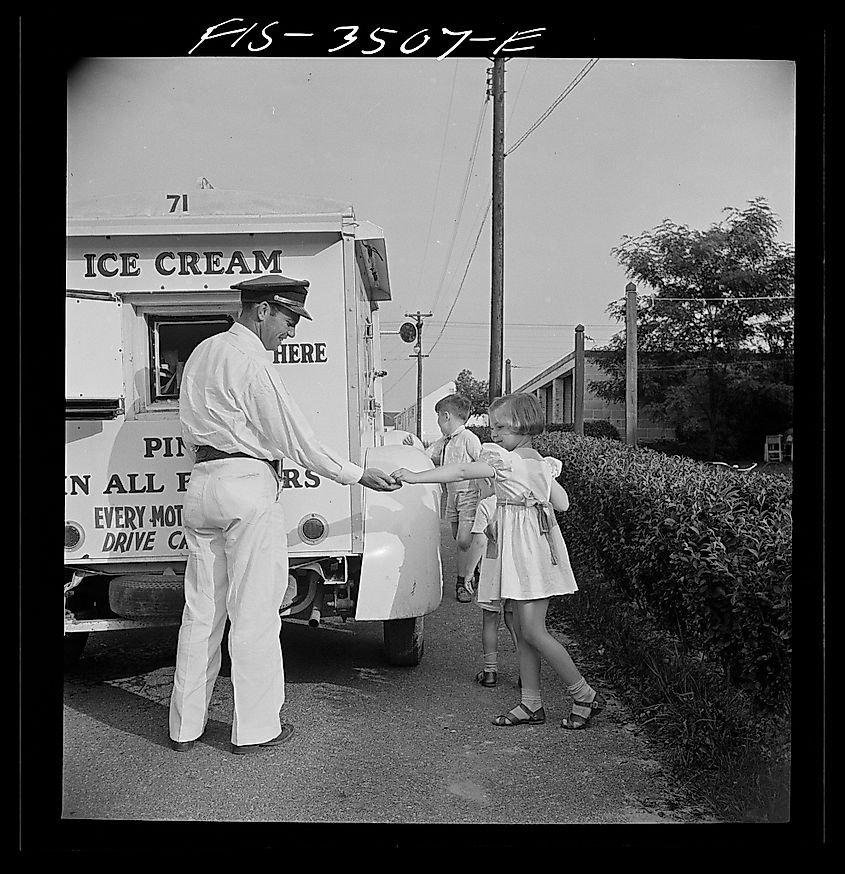
The United States has the second highest consumption of ice cream, with each person consuming 20.8 liters of ice cream per year, which is around 5 American gallons. As a result, ice cream companies in the country produce a total of around 870 million gallons annually.
Australia is the third largest consumer, averaging 18 liters per person. The demand significantly rises during the summer, particularly for fruit-based frozen desserts. Despite having short summers, Finland follows in fourth, with an average of 14.30 liters of ice cream per person, which is about half of what New Zealand consumes per year. Lastly, Sweden consumes about two liters less than Finland, ranking them fifth, with an average of 12 liters per person annually.
Final Thoughts
Although the exact reasons for New Zealand’s love for ice cream are unclear, the country had an early fascination with the frozen dessert that resulted in its growing popularity over the decades. Its strong economic model, prioritizing consumer trends and preferences, has also resulted in its continued growth, with new ice cream products, companies, and franchises continuing to open in modern times. Although the United States and Australia follow behind as the second and third largest consumers, a significant gap remains between them and New Zealand, emphasizing the country's unmatched passion for frozen treats.









